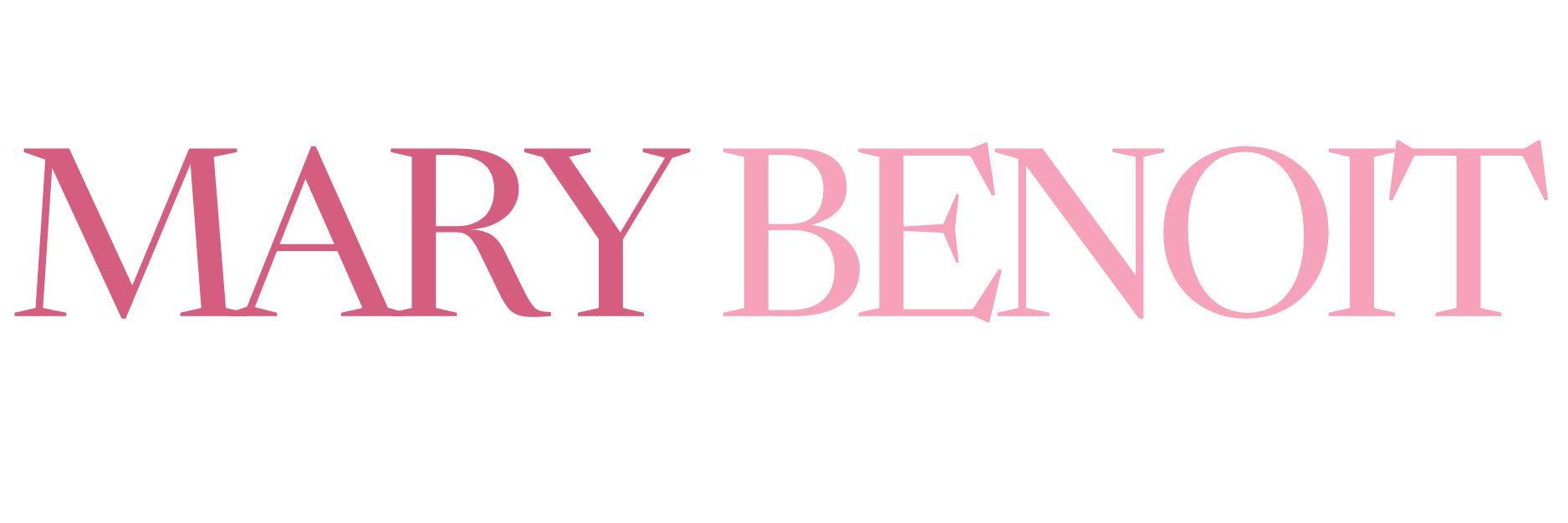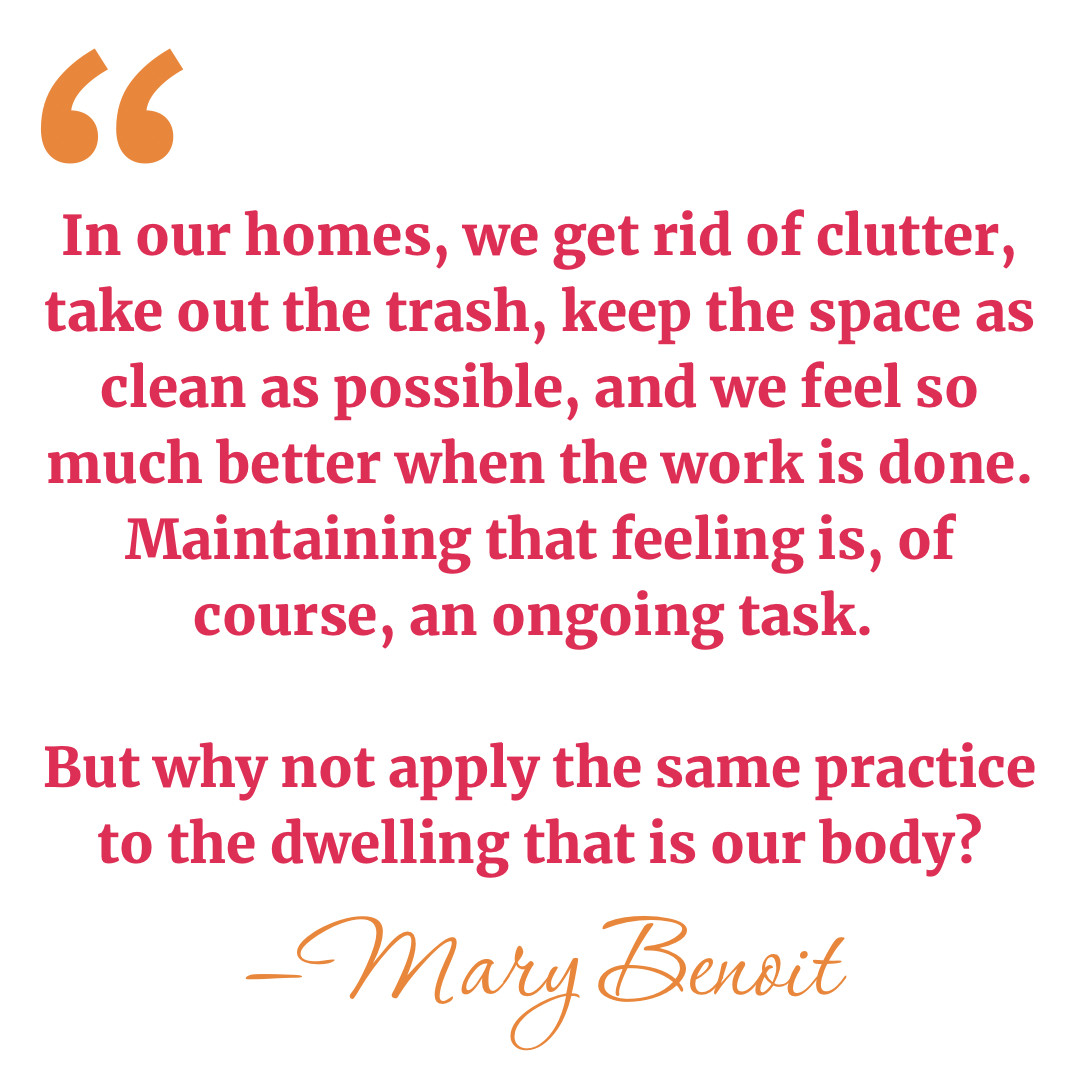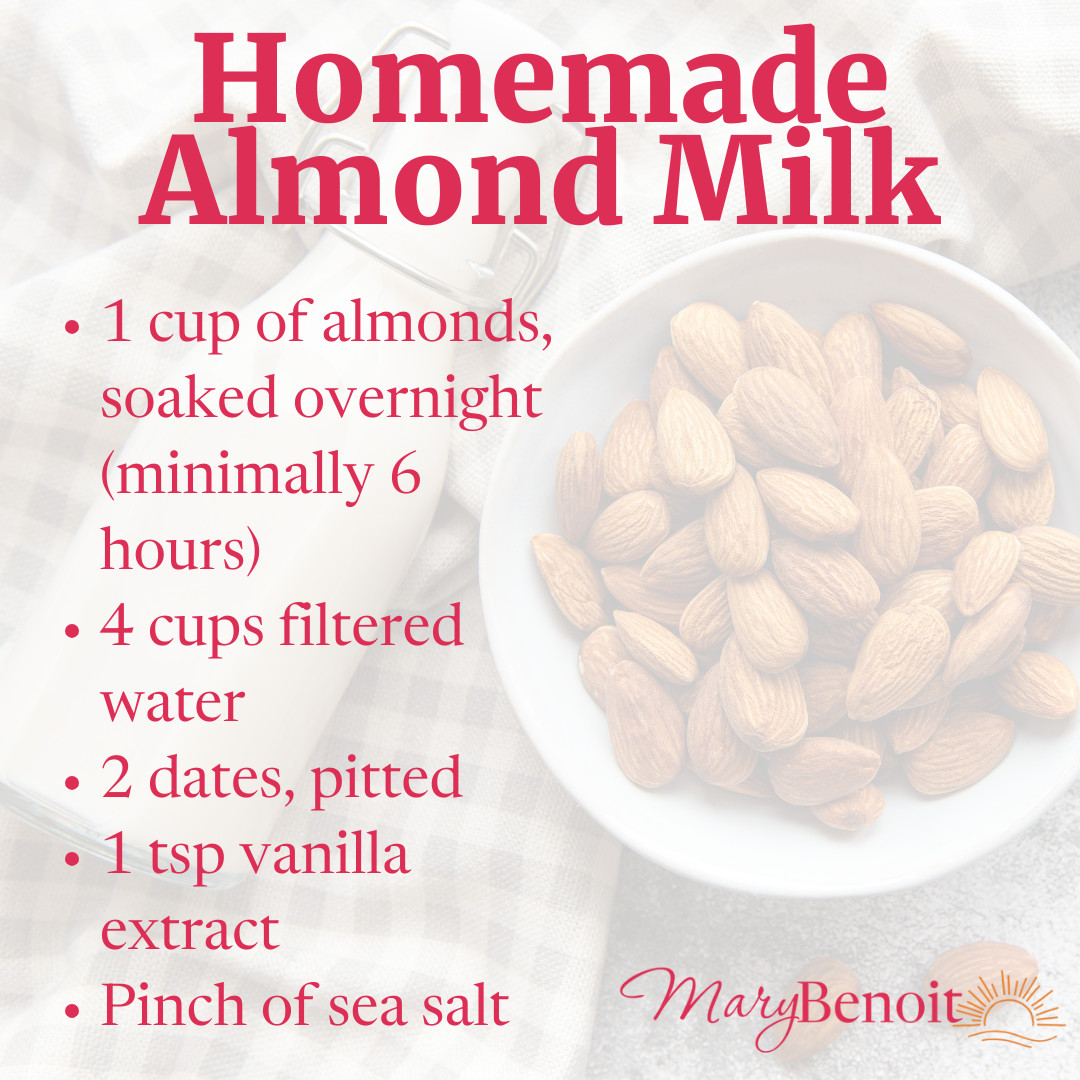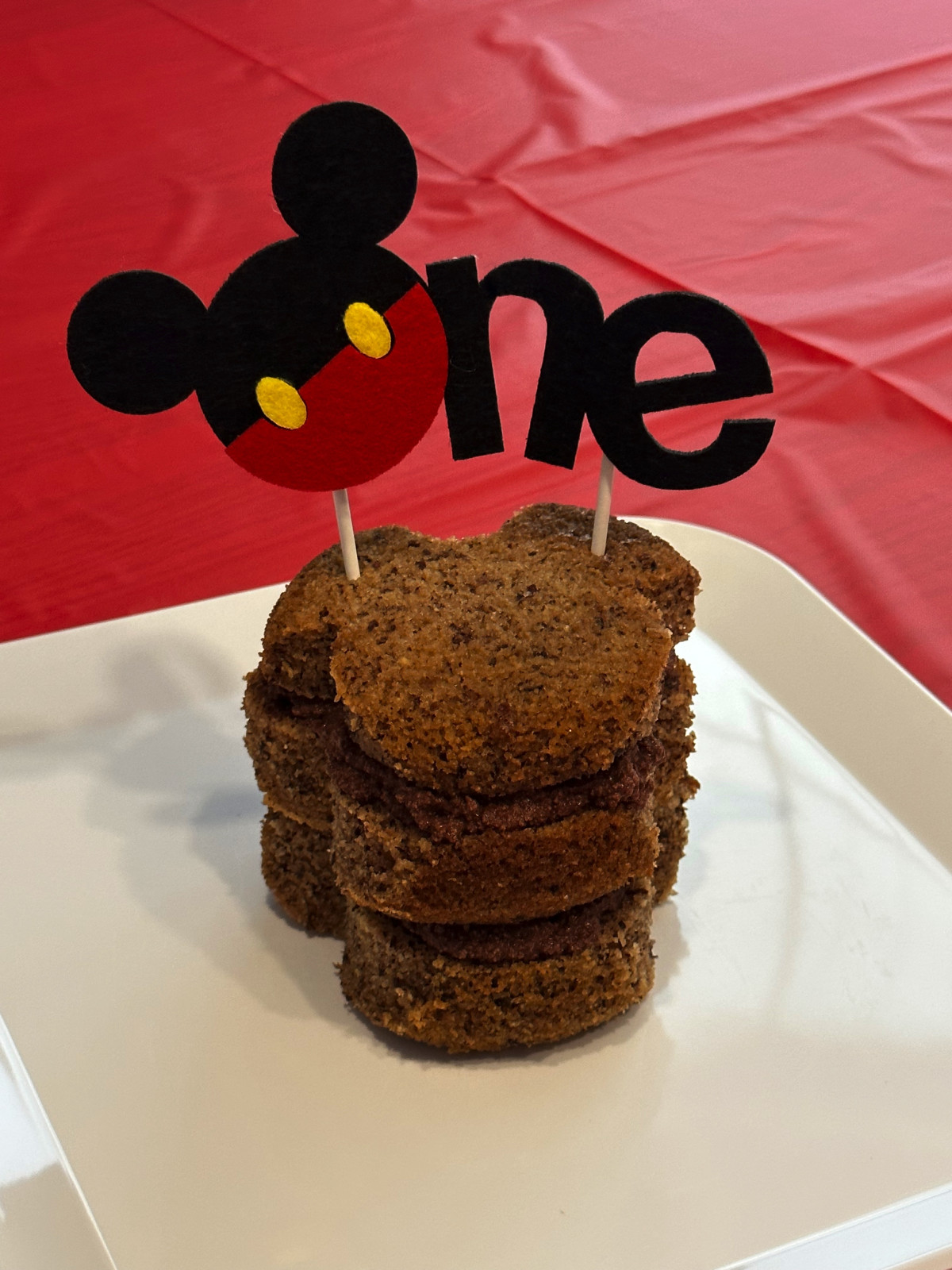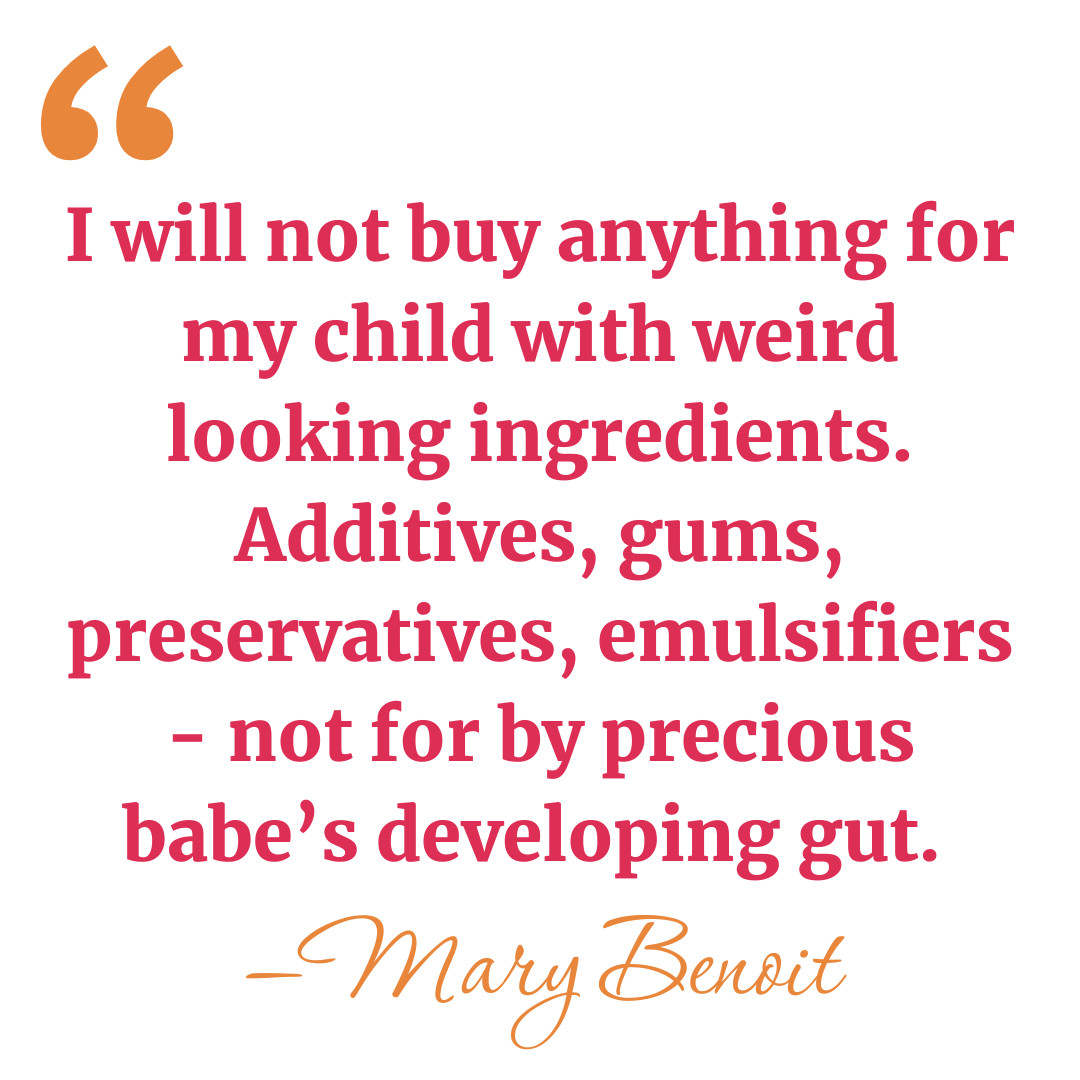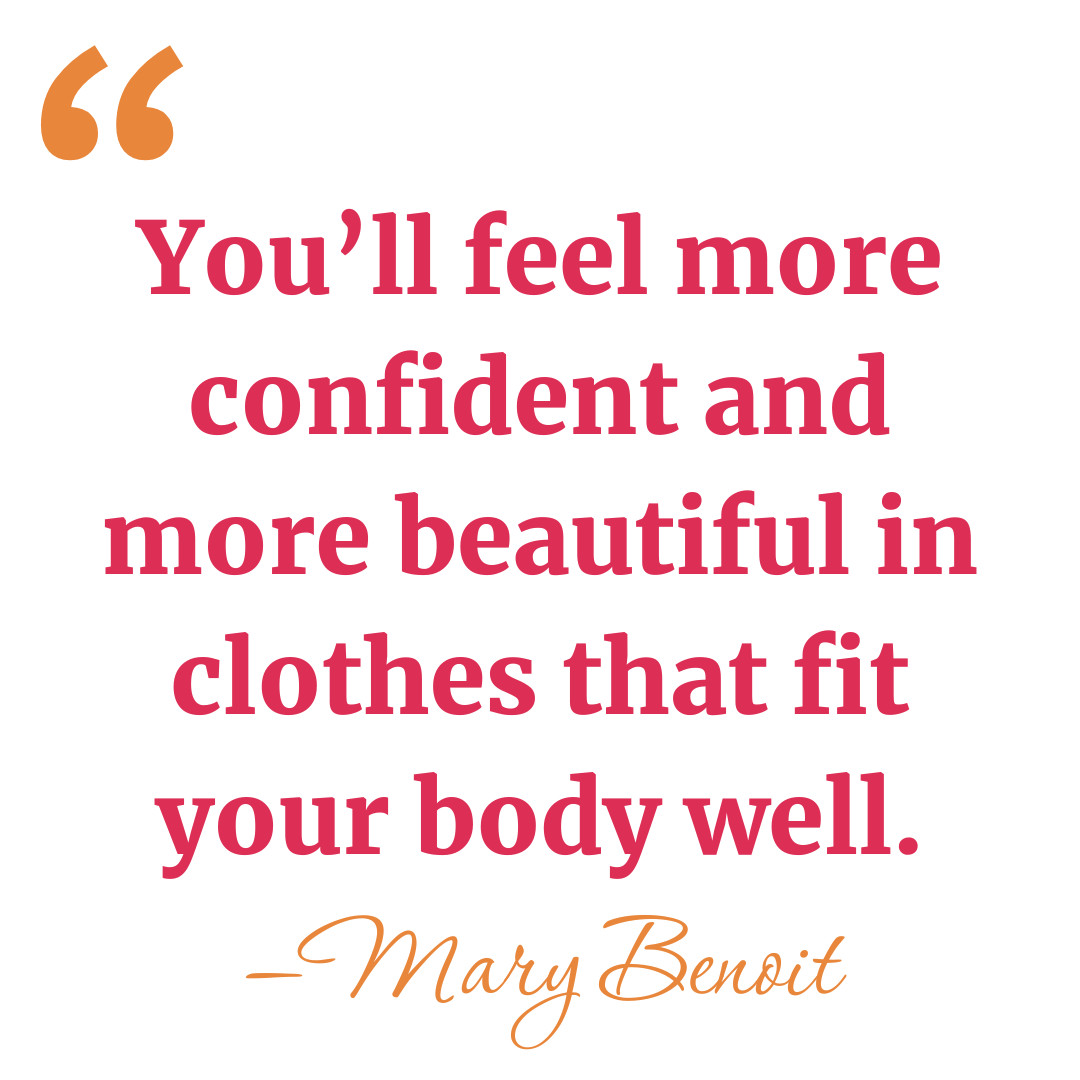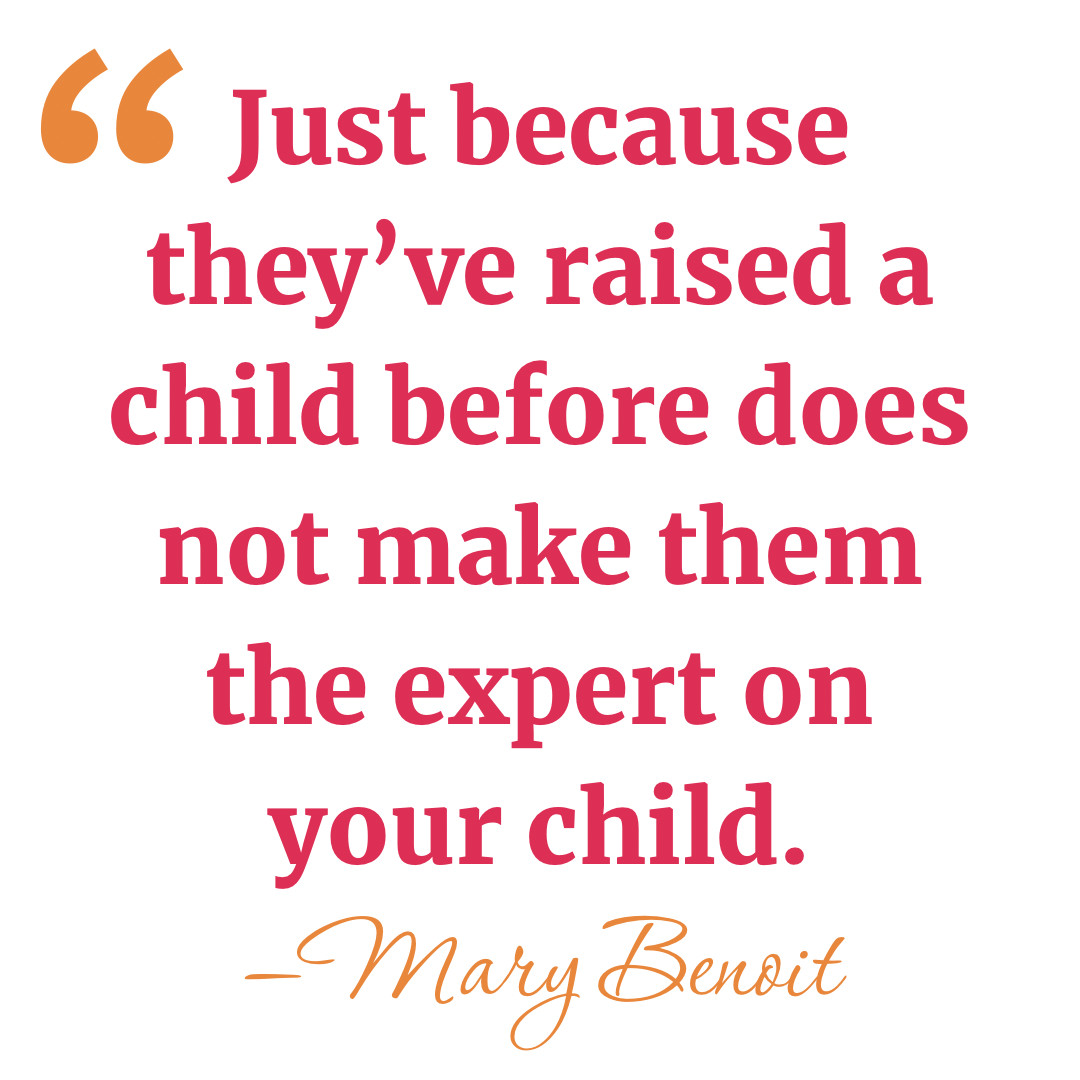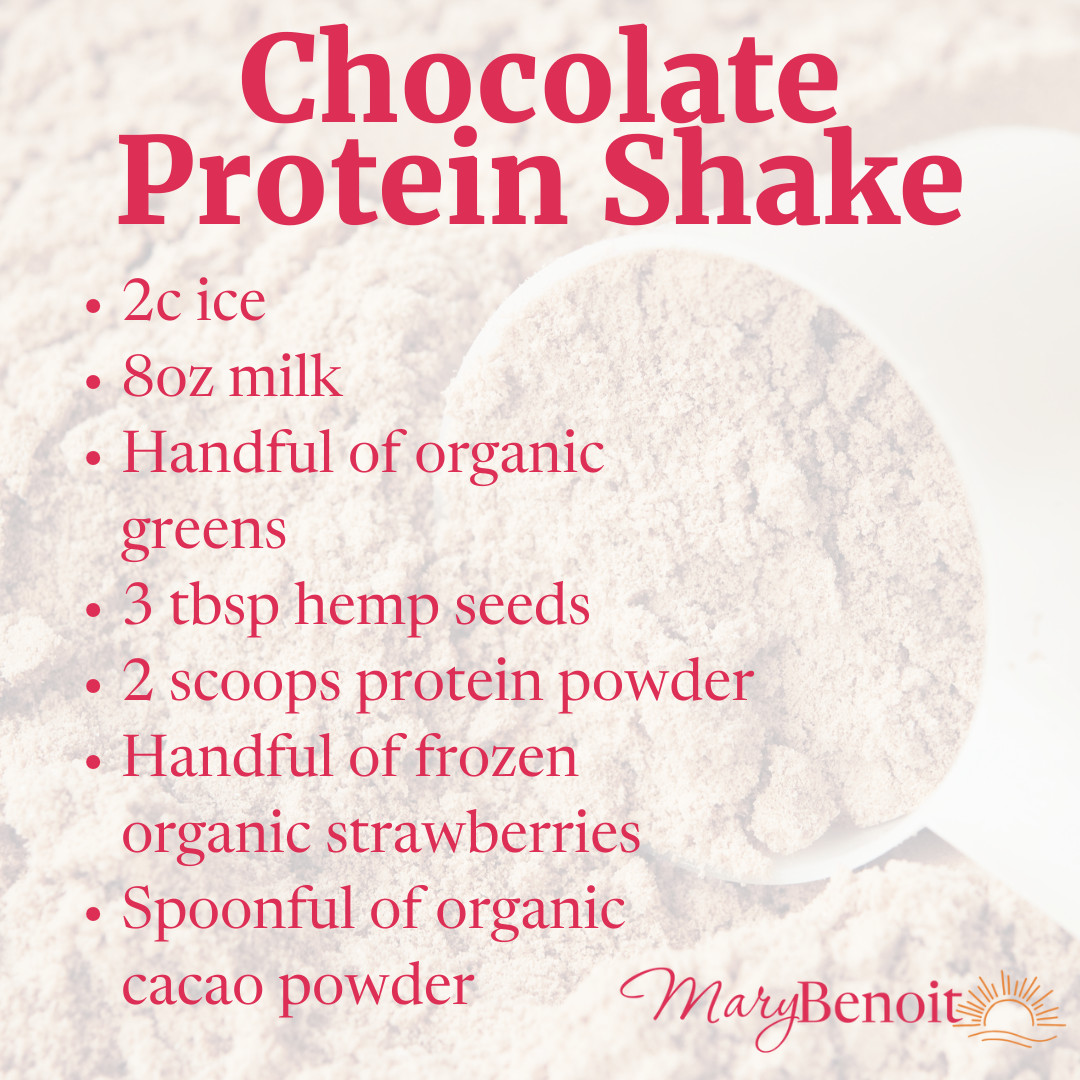
I used to be a breakfast cereal person. Especially when I was pregnant and then adapting to my new life as a mom. I knew it wasn’t the best way to start my day, but I figured (1) at least I was having breakfast and (2) there are worse things I could be eating (I was eating “healthy” cereal - Catalina Crunch).
I knew I needed to start my day with more protein, but I didn’t want eggs and sausage every morning. Plus they take time to make.
I had a protein powder I LOVED years and years ago, but I had to stop eating it once I discovered I was sensitive to some of the ingredients.
I decided I would look into it again anyway because I just needed food to taste good again and be satisfying.
Turns out…they reformulated, and there’s nothing in it my body says no to! 🙌
I started having 30g of protein first thing in the morning again with my shake and MAN has this made such a difference in my day.
Here’s the linkto the protein powder (Chocolate AIVIA Plant Protein)! You get a discount by subscribing, which, let’s be honest, you’re gonna want to. Plus you have the option to cancel whenever, so why not?
I add an extra scoop of cacao powder because I like it extra chocolatey, and I add some frozen fruit because I like it a little sweeter.
Side note: At first I was disappointed that the new formulation isn’t as sweet as the old one, but I actually love that I can control how much sugar goes into my morning shake.
I also throw in a handful of organic greens because you can never go wrong with an extra serving of veggies.
I add hemp seeds for the omegas and extra 10g of protein.
I use my homemade almond milk, but any kind you want is fine. I actually just use water if I'm out of milk.
I use about 2 cups of ice because I like to feel like I’m having a milkshake for breakfast.
It’s so so yummy that sometimes I’ll have it twice in a day. On the days when I’m not sure what’s for dinner, or I’m just in the mood for another milkshake for lunch!
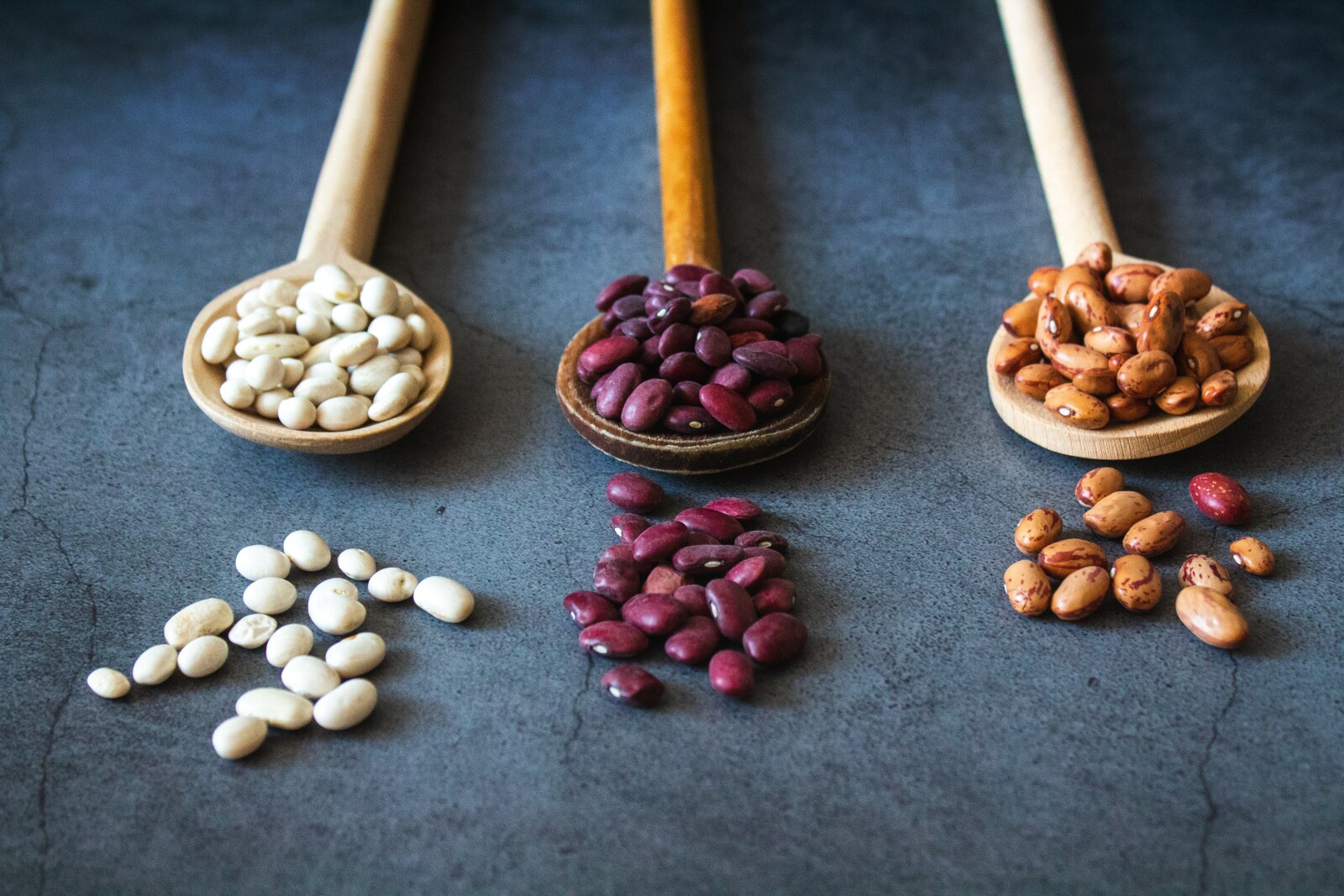
I love tacos. It’s one of our go to meals at home. I’ve learned I REALLY like taco meat with refried beans cooked in it.
I don’t pay much attention to calories when it comes to any food, but something I definitely pay close attention to is the ingredient list.
Do I recognize the words? How long is the list? Do any of these seem unnecessary?
I have found that refried beans are one of many products that, when bought in the least expensive form, contain a lot of unnecessary ingredients.
For this reason I started buying organic refried black beans simply because that was the only alternative at the store that had an acceptable ingredient list. Organic prepared black beans, water, sea salt.
No natural flavors, no lard, no additives for retaining color or texture.
But then my beans went out of stock! And they’ve stayed that way!
For a while we were just making taco meat without them, but it doesn’t taste as good and the meat doesn’t go as far without it!
So I recently started making my own refried beans. Does it take a little more time? Yes. But it’s not bad at all!
- Drain your can or box (yes, “boxed” beans is a thing - and actually my preference!) of beans
- Add 1/4c water to a pot with a splash of oil, add in your drained beans, stir & cook covered on medium heat for 5 minutes
- Turn heat to low and use a potato masher (or a fork if you’re like me and don’t have all the fancy kitchen things) to smash the beans up to desired texture, stir & cook UNcovered for 3 more minutes
- Add any desired sea salt, cilantro, lime juice or other yummy things — although I usually don’t add anything since the beans I use usually already have sea salt in them and I’m adding it directly to the taco meat anyway
Pro tip: Pinto beans have a creamier texture than black beans, but both turn out fine!
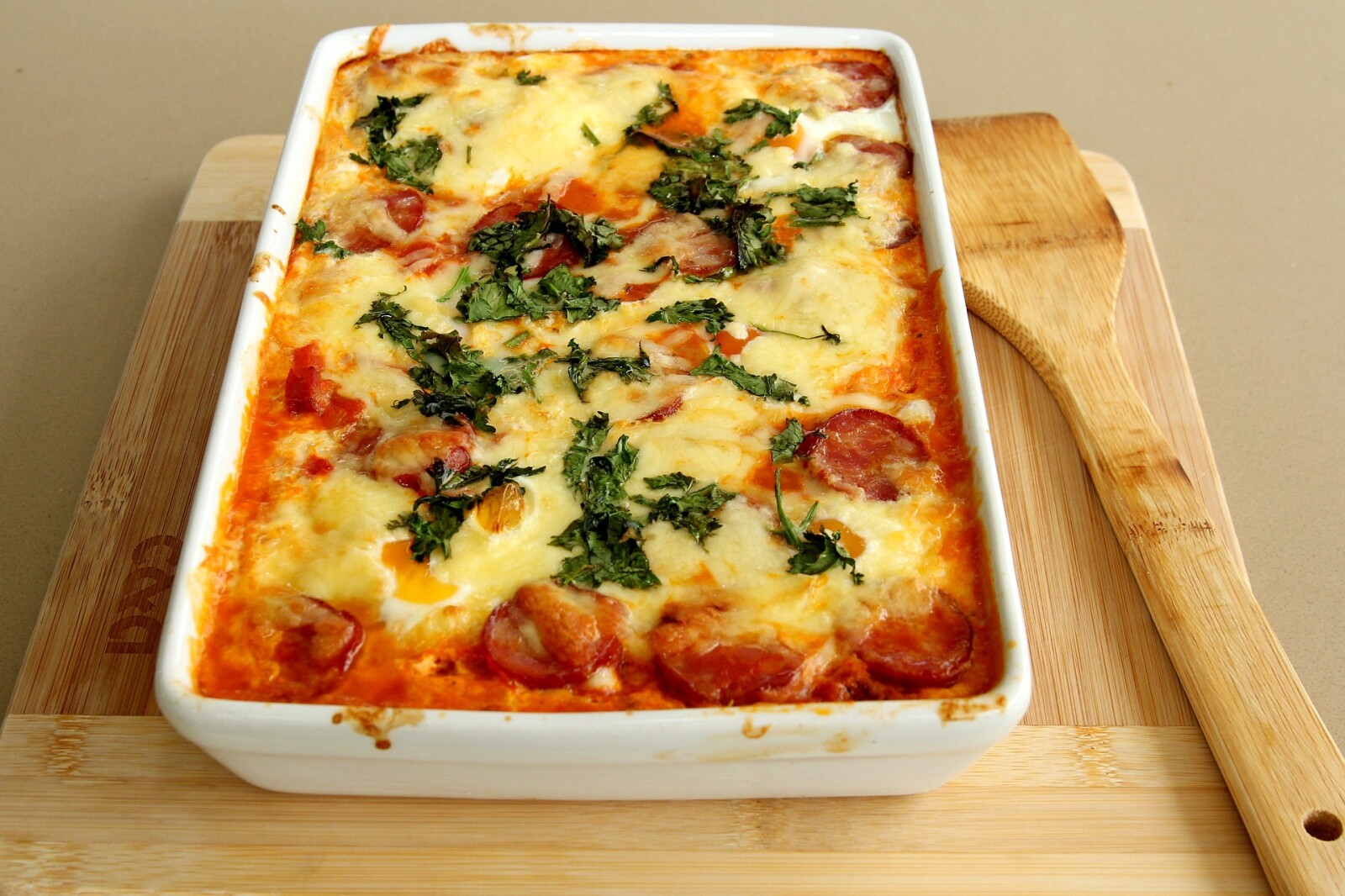
Donuts, bagels, toast, pancakes, waffles, croissants, cereal, breakfast bars. These are the things we hear about when it comes to breakfast.
But here’s the problem.
Carbs for breakfast lead to a blood sugar crash followed by cravings throughout the day - setting yourself up for one bad choice after another.
Carbs for breakfast are typically the easiest choices, but not the best way to start our day.
And I get it. The carbs are comfort food.
But we need to get in the habit of loving foods that love us back - and not in the toxic cycle of eating bad foods for comfort or convenience and then wondering why we feel less than our best.
Planning ahead is so key. And I know this can be tough, especially on a busy schedule.
My favorite solution for a high PROTEIN breakfast is an egg bake. And it’s actually good enough to have for dinner if you really wanted to!
We’re currently still in farmers market season which is great for a lot of different reasons.
Local, organic & in-season foods are the most nutritious for us. And the farmers market is the perfect place to find these!
You also know you’re getting the freshest produce possible, and you’re supporting a small business rather than giving your money to the large corporations.
The most time consuming part of making an egg bake is simply the vegetable prep. The washing and chopping.
If you absolutely need to (depending on the day, the week, or just your season of life) you can purchase pre-washed, pre-chopped veggies from the store.
Here are some of my favorites to use.
- Spinach
- Sweet peppers
- Broccoli
- Tomatoes
- Mushrooms
Going to the farmers market also gives you a chance to try something you’ve maybe never heard of before!
I typically choose about 3 different kinds of vegetables, and then I choose a meat. Either bacon or mild Italian sausage.
I pre-cook the meat in a skillet on the cooktop, then I add in my veggies and sauté. Once that’s done, I whisk up a dozen eggs and combine it all in a 9x12 glass pan & bake at 400F for 35 minutes.
It’s so yummy! And so easy to grab and go!! It can be eaten hot or cold, and it’s soooo much better for you than your “typical” breakfast choices.
Plus it’s a super easy way to get vegetables in at the most difficult time of day to get your veggies in and like it.
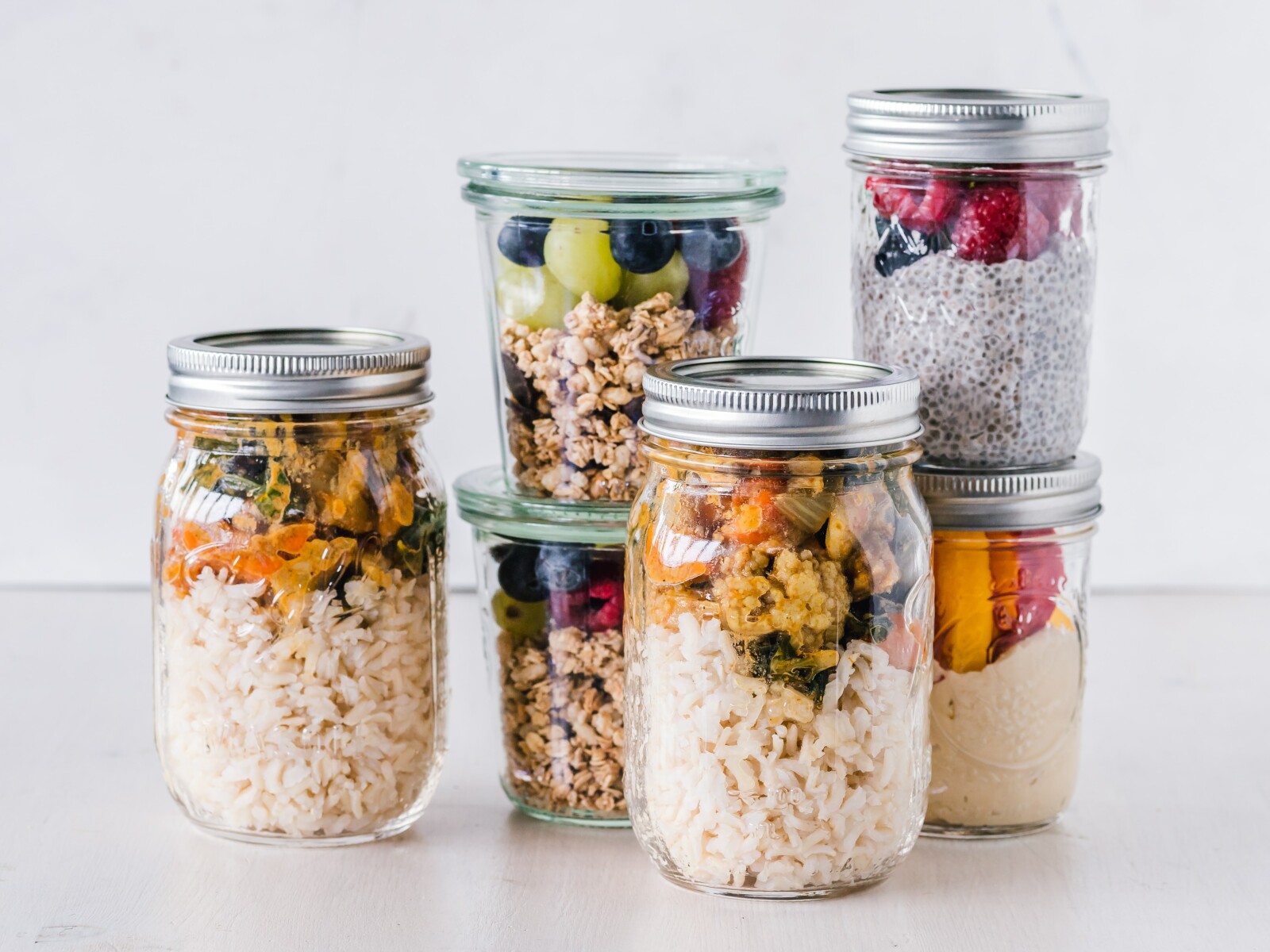
My favorite way to store fruits and veggies is in large glass mason jars. They are space-efficient, sustainable, chemical-free & aesthetically pleasing. You really can’t go wrong!
It also reminds you that you have fruits and veggies in the fridge to eat because they’re staring at you right in the face!
When it comes to things that take up more space like lettuce, you could still stick with the mason jar method (chop it up and toss it in there), but you’ll end up using several mason jars.
This might be a good thing for you because you already have pre-portioned salads at your fingertips! You could also just use a big glass bowl and store it all in one container.
If I’m crunched for time, I’ll admit I will just wash the lettuce leaves and throw them whole in a plastic storage bag with a paper towel (if it’s too wet in there, it will go bad more easily). I’ve tried the reusable storage bags, but they just didn’t work for me.
While it’s best to buy produce that is in season, I do have my favorites that I like to keep in the house.
- Lemon slices for my morning water (or fish dishes - yum!)
- Pineapple chunks for my morning smoothie and to put in my yogurt for a yummy snack!
- Celery to eat plain, dip into nut butter or veggie dip
- Carrots to eat plain, dip into veggie dip (or hummus, if you’re into that)
- Slices of cucumber I’ll sometimes eat like a cracker with cheese! (But also, sliced cucumber is a really easy veggie to add into a meal)
- Raw green beans that I always eat plain because they’re so yummy on their own!
- Honeydew melon or cantaloupe when I crave a sweet treat!
Unfortunately, sometimes these fruits/veggies just look plain sad (because they’re not in season) BUT the good thing about this is that variety is the spice of life (and a variety in diet makes for a healthier gut) so this forces me to find something else to hold me over for the week (or sometimes the season).
I am so glad farmers market season is coming up soon because that’s always where you’ll find the yummiest IN-SEASON fruits and veggies. If you can find an organic stand, that a double win.
Also, if you’re like me and get a little overzealous at the farmers market sometimes by overestimating how much you’ll actually eat during the week - throw your produce in the freezer instead of watching it go bad. That way you can either toss it in your smoothie, or throw it in the skillet while you cook dinner!
If you loved this blog post, there's more where that came from in my free Facebook group here. You'll want to get in there now because that's where I'll be launching a 5 Day Eczema Relief Training very soon!
Want to get a head start? You can also grab my new guide on 5 Steps to Taming an Eczema Flare Up here!
Once I found out my eczema was gut health related, what did I do?
The VERY first thing I did? I honestly don’t remember. I think I just let it sink in. I may have started taking a probiotic again, but I wasn’t sure what the right steps were. I was in limbo for a little while.
A series of divine interventions led to me finding a free workshop my soon-to-be Health Coach was offering on gut health. I remember the flyer saying “eczema” and “gut health” and that’s all I really needed to be on board!
I went to her free workshop and then enrolled in her program. It was several weeks long during which time she educated us on different topics each week.
She talked about food. Grains. High glycemic versus low glycemic. Some things have stuck with me since going through her program like white rice and white potatoes versus brown rice and sweet potatoes. The first couple are high glycemic. The latter couple are low glycemic.
When you’re on a journey to heal your gut, low glycemic is easier on your digestive system. I still choose brown rice over white (in fact, I don’t even buy white rice and I cringe when it’s my only option eating out) and I order sweet potato fries over normal fries when I have the option.
Brown rice, quinoa & sweet potatoes are my easy go-tos when I’m trying to formulate a healthy meal.
Some easy (or no so easy?) things to cut out (or cut waaaaay back) are the super-inflammatory culprits. Gluten, dairy, sugar, alcohol. Processed foods can also be very inflammatory. A lot of them are also filled with addictive chemicals so you keep overeating and buying more. Ideally you want your food to COME FROM a plant, not be MADE IN a plant. See the difference?
Another not-so-fun guideline was to avoid eating out at all costs. The bottom line is you don't know what goes on in the kitchen. The sourcing of the meat, the vegetables, how much salt or sugar is added, etc.
Speaking of sourcing of meat: organic, grass fed beef. organic, free range chicken. wild caught (rather than farm raised) seafood. As far as vegetables, organic is preferred. In season and local is even better.
Let me emphasize right now that a restrictive diet is NOT something I recommend long term. (Although cutting out processed foods and sticking with organic meats is always a good idea.) On a journey to heal your gut? Sure! But only eating 5-7 different foods all the time is NOT good for your health.
Variety is the spice of life, and variety in your diet is actually essential!
This was a “detox” for us in the program. A “reset” for our bodies. We would not follow these “rules” long term, but for these several weeks we did the best we could. We just ate a nice, clean diet filled with high quality whole foods. Although - like I said - a lot of these practices stayed with me and would be good for you as well!
Vegetables were a huge part of that. Fruit too (organic green apples and berries have the least sugar), but vegetables more-so. Making sure your plate is at least half veggies is really important.
CHEWING is also really important! One week Jackie challenged us to chew our food 30 times before swallowing. Try it! It’s difficult!
This just begins to scrape the surface of my journey, so hang on tight for part 2 next week.
The VERY first thing I did? I honestly don’t remember. I think I just let it sink in. I may have started taking a probiotic again, but I wasn’t sure what the right steps were. I was in limbo for a little while.
A series of divine interventions led to me finding a free workshop my soon-to-be Health Coach was offering on gut health. I remember the flyer saying “eczema” and “gut health” and that’s all I really needed to be on board!
I went to her free workshop and then enrolled in her program. It was several weeks long during which time she educated us on different topics each week.
She talked about food. Grains. High glycemic versus low glycemic. Some things have stuck with me since going through her program like white rice and white potatoes versus brown rice and sweet potatoes. The first couple are high glycemic. The latter couple are low glycemic.
When you’re on a journey to heal your gut, low glycemic is easier on your digestive system. I still choose brown rice over white (in fact, I don’t even buy white rice and I cringe when it’s my only option eating out) and I order sweet potato fries over normal fries when I have the option.
Brown rice, quinoa & sweet potatoes are my easy go-tos when I’m trying to formulate a healthy meal.
Some easy (or no so easy?) things to cut out (or cut waaaaay back) are the super-inflammatory culprits. Gluten, dairy, sugar, alcohol. Processed foods can also be very inflammatory. A lot of them are also filled with addictive chemicals so you keep overeating and buying more. Ideally you want your food to COME FROM a plant, not be MADE IN a plant. See the difference?
Another not-so-fun guideline was to avoid eating out at all costs. The bottom line is you don't know what goes on in the kitchen. The sourcing of the meat, the vegetables, how much salt or sugar is added, etc.
Speaking of sourcing of meat: organic, grass fed beef. organic, free range chicken. wild caught (rather than farm raised) seafood. As far as vegetables, organic is preferred. In season and local is even better.
Let me emphasize right now that a restrictive diet is NOT something I recommend long term. (Although cutting out processed foods and sticking with organic meats is always a good idea.) On a journey to heal your gut? Sure! But only eating 5-7 different foods all the time is NOT good for your health.
Variety is the spice of life, and variety in your diet is actually essential!
This was a “detox” for us in the program. A “reset” for our bodies. We would not follow these “rules” long term, but for these several weeks we did the best we could. We just ate a nice, clean diet filled with high quality whole foods. Although - like I said - a lot of these practices stayed with me and would be good for you as well!
Vegetables were a huge part of that. Fruit too (organic green apples and berries have the least sugar), but vegetables more-so. Making sure your plate is at least half veggies is really important.
CHEWING is also really important! One week Jackie challenged us to chew our food 30 times before swallowing. Try it! It’s difficult!
This just begins to scrape the surface of my journey, so hang on tight for part 2 next week.
If this was helpful for you, join my Facebook group where you can find more wellness tips – free of charge. <3
You can also grab my free guide on 3 Easy Steps to Lose Weight and Feel Amazing here.
